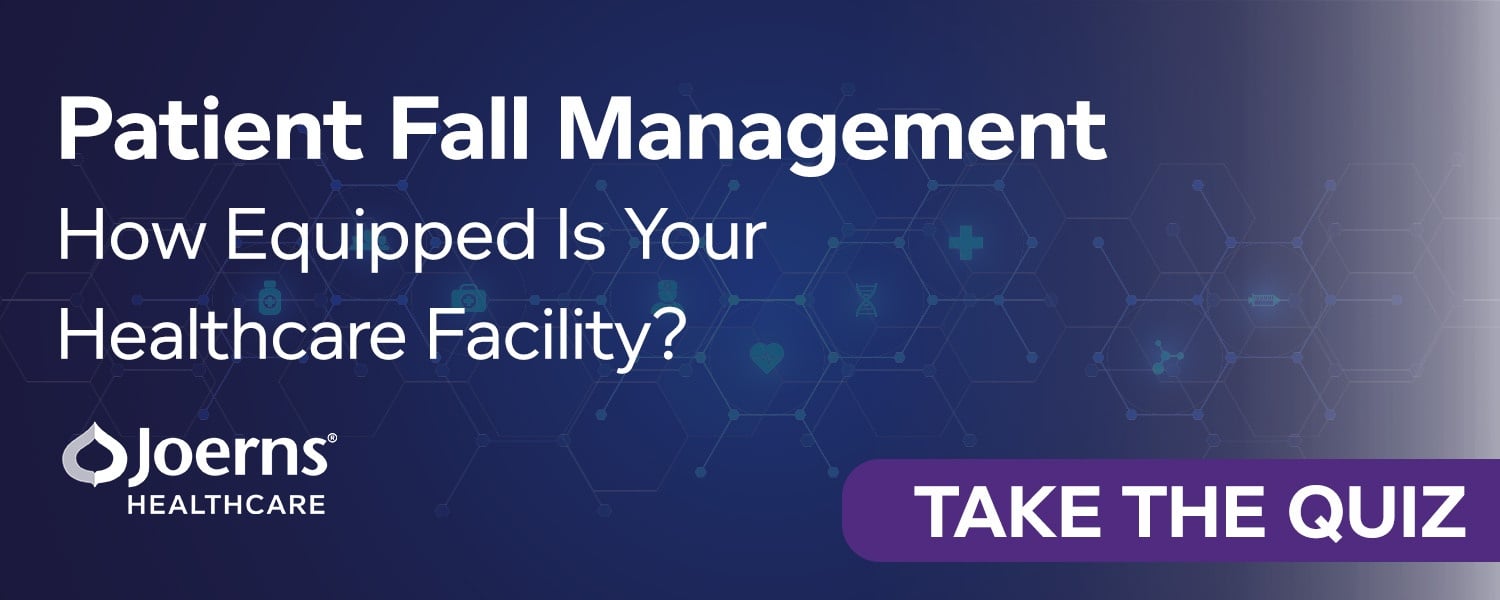For any skilled nursing facility, falls are a key consideration. On average, a long-term care facility will see 1.5 falls per bed per year. Falls can profoundly affect patients, leading to poor long-term outcomes.
For many reasons, patients in skilled nursing facilities are at a higher risk of falls than the general population.
Some of the reasons this particular population is at an increased risk of falls include:
- Age – Skilled nursing patients tend to be older than the general population, experiencing mobility limitations that increase their risk of falls.
- Health – Skilled nursing patients have illnesses that require nursing care. Many diseases increase the risk of falls occurring.
- Polypharmacy – Skilled nursing patients generally use many different medications. This leads to an increased risk of falls.
Falls increase the likelihood of injury occurring. This affects the outcomes for the patients of skilled nursing facilities and their liability risk. Falls can have a variety of effects on patient outcomes in skilled care facilities.
Decreased Quality of Life
One in four falls result in injury, and 10% of falls result in serious injuries. The pain and restrictions caused by fall-related injuries can negatively impact one’s quality of life. When injuries occur, it can lead to other complications that result in a cascade of health problems.
Fall-related injuries can reduce a person’s quality of life on their own and worsen existing conditions—existing diseases and conditions compound issues caused by falls. Many skilled nursing residents have chronic arthritis or pain from old injuries and strains.
Self-Imposed Limitations
Even the possibility of a fall can have an impact on residents. Elderly patients aware of their heightened risk of falling often create self-imposed restrictions. These restrictions may be too rigid and negatively affect their well-being and livability.
These self-imposed restrictions also may cause excessively constricted activity levels and lead to a failure to thrive. Self-imposed limitations may be more likely to occur in patients who have experienced a fall that did not result in any significant injury. In this way, even if it does not result in injury, a single fall may impact many patients.
Hospital Admissions
Another possible effect falls may have on skilled care facility residents is the complications of hospital admissions. Even if there are no evident indicators of injury, falls in skilled care facilities frequently necessitate a trip to the emergency room to examine the impact of the fall.
These emergency room visits frequently result in hospital stays due to injuries sustained in a fall or underlying health conditions discovered during assessment, whether or not they were the cause of the fall. In addition to raising their risk of nosocomial problems and disturbing their routine, hospital admissions are very disruptive for residents of skilled care facilities.
Poor Outcomes
While falls can have various consequences, they ultimately lead to adverse outcomes. Injuries cause limited mobility and health issues, which might exacerbate pre-existing conditions. Age and poor health can prolong recovery after a fall, as well.
Reducing Falls in Skilled Nursing
Research indicates that adults older than 70 are three times more likely to die following a fall than other patients, making fall protection and prevention a core consideration for any skilled nursing facility. High-quality falls management programs can help skilled nursing facilities reduce falls and decrease patient risks.
A vital component of falls management programs is equipment staff can use to reduce falls by assisting transfers and promoting mobility. Having this equipment on-hand is essential. Transfers or the need to walk can be unpredictable, making it necessary to have equipment easily accessible to staff at all times.
An equipment management solution or fall protection is vital to any falls management program. It improves the accessibility of assistive devices and equipment to help skilled nursing facility patients safely ambulate and transfer. This reduces the risk of falls and the adverse effects that they can create.
Contact us to learn more about managing your skilled nursing patients’ fall risk.
